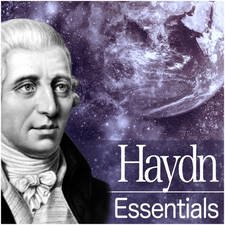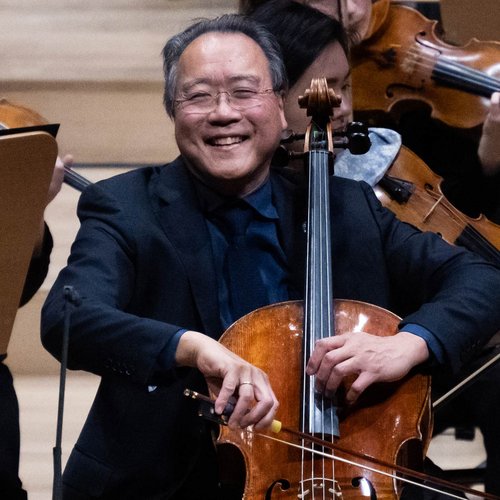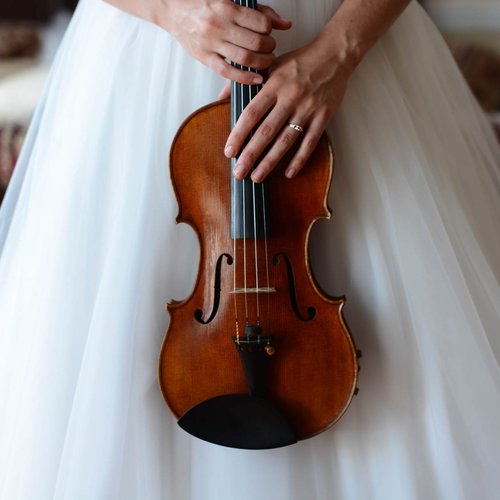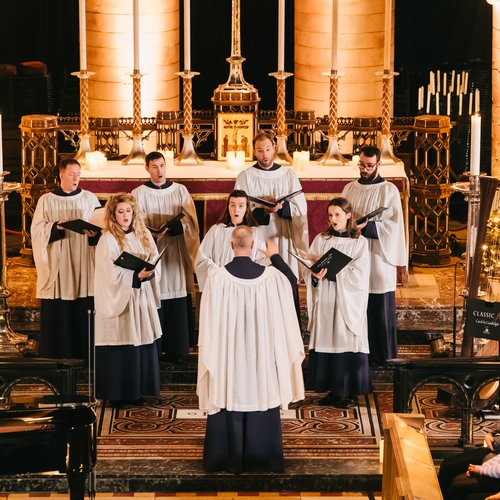What actually are descants – and why do we sing them at Christmas?
20 December 2019, 15:51 | Updated: 20 December 2019, 16:01
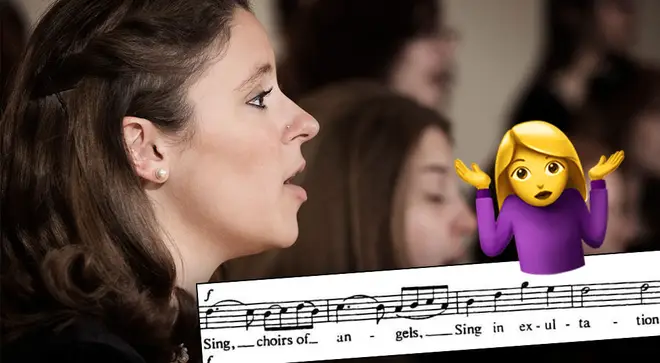
Our much-loved Christmas carols wouldn't be the same without a grand descant floating above the melody. But what exactly is this alternative tune that we sing, and why do we sing it at Christmas time?
As Christmas time approaches, we dust off our carol books and treat our neighbours to some carols. But Christmas carols are very different to your standard hymn, and that's partly down to the descant.
What is a descant?
Defined by Merriam-Webster as ‘a superimposed counterpoint to a simple melody sung typically by some or all of the sopranos’ – a descant is the perfect festive opportunity to show off.
Contrary to a standard harmony, a descant almost always sits above the melody. Etymologically, the word itself means a voice (cantus) above or removed from the other voices.
It differs from standard harmony because it normally sits above the melody. In most choral arrangements, the harmony will lie in the voice parts beneath the main melody, normally in the alto, tenor and bass voice.
Composers and choir masters also compose and re-compose descants long after the hymn or carol itself is written, so the descant melody is considered to be separate from the SATB choir arrangement.
Read more: These are factually the greatest descants of all time >
Where did it come from?
Descants seem to have developed in the medieval period. Single-line chants would be embellished by improvised counter-melodies to create harmony.
This developed into the term ‘discant’ by the time of the Renaissance, which basically meant counterpoint. From this grew the counterpoint discipline we can thank J.S. Bach for perfecting.
Today, we use these principles and create vocal counter-melodies that are mostly sung at Christmas time.
Read more: The 9 most commonly misheard Christmas carol lyrics >
Let's take an arrangement of ‘O Come, All Ye Faithful’ by Sir David Willcocks as an example. Willcocks’ name has become synonymous with Christmas and the Christmas carol service, partly because of his association with the Choir of King's College, Cambridge.

#17 O Come, all ye faithful arr. David Willcocks King's College Cambridge 2009
Listen to the moment at 2:16, where the descant magic kicks in. The choir adds an additional voice above the well-known melody on the words ‘Sing, choir of angels’ with a descending sequence. You'll probably recognise this melody from the chorus of ‘Ding, Dong, Merrily On High’.
Without the descant, the carol would run the risk of becoming repetitive, and this added voice takes the music where it hasn't ventured before. With copious amounts of melisma and top G's, it's exactly the injection of energy the carol needs half way through.
Why do we sing descants at Christmas?
It's true that descants give carols that unique sound we associate with Christmas, but there isn't a definitive answer to why we actually sing them at Christmas.
But there is no doubt that the descant is the star of all Christmas carol services.
Maybe it's that grand sense of occasion you only get at Christmas time… or maybe it's that second mulled wine giving you some unexpected courage to venture up to the high notes.
One thing we know is Christmas carols wouldn't be the same without a belter of a descant, so keep belting, we say!
